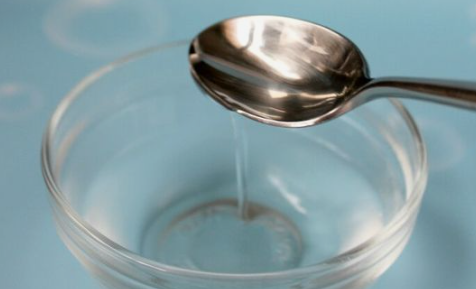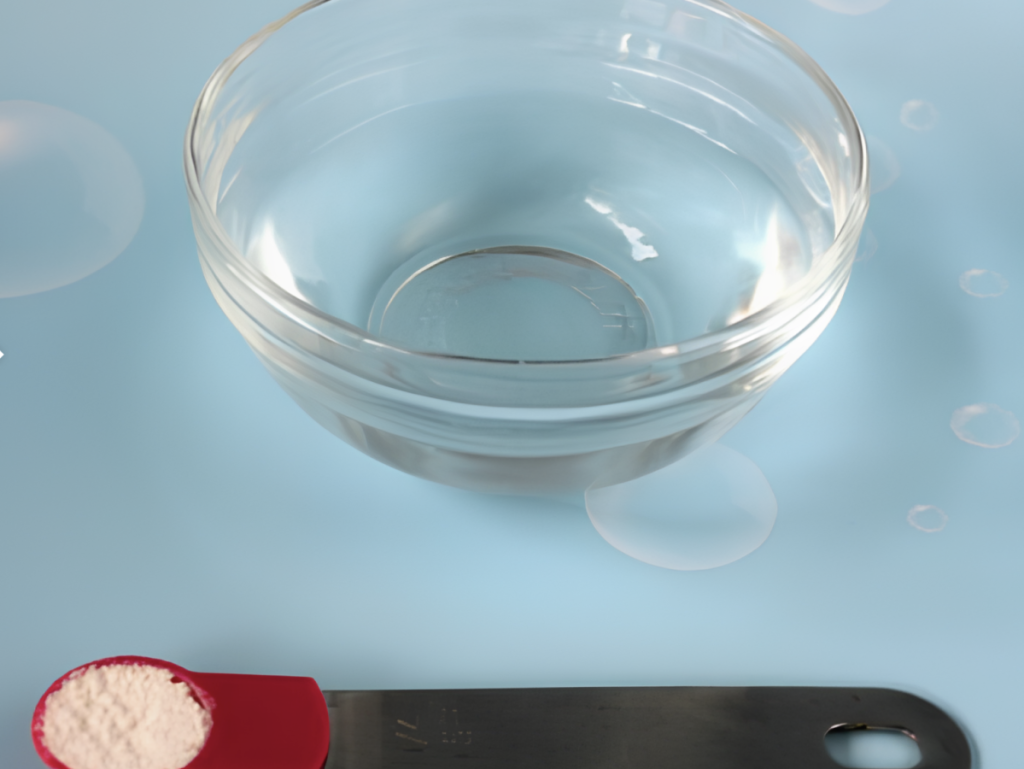Did you know that edible glue can be used while you want to glaze desserts or while doing any cake decoration? Yes, you have heard me right! For binding rose petals or other forms of decoration on cakes or pastries, the important element used is your edible glue.
For cake decoration orders, it is always better to make your very own form of edible glue. That way, you can control the quantity of glue that goes into the making.
Say, for instance, you plan to add a strawberry Unicorn to your favorite muffin cake, then you may need a tiny tinge of glue to bind the accessory on the cake or pastry you plan baking. Similarly, edible glue does the magic if you want to add sprinkles to your Confetti Cakes. Likewise, you have quite a lot of ornamental uses with edible glue.
In this online guide, we will learn how to make food-safe ceramic glue with two ingredients- sugar and water.
Steps While Making Edible Glue Using Sugar and Water
These are the simple steps that are involved while you plan to make edible glue for your fondants and cakes. Helping you get started:
1. Ingredients for Making Edible Glue
- Sugar and
- Water
2. Method of Preparation
- Take a small saucepan with a copper bottom base.
- Add some sugar and a few drops of water. To be precise, for 200 grams of sugar, you can add one to one-and-a-half tumblers of water.
- In a lower or medium flame, allow the ingredients to boil. In about 20 minutes or so, the sugary water crystallizes. Allow the mixture to caramelize so that the sugar and the water completely bind with each other.
- The mix will automatically separate from the saucepan. To check further, dip your finger inside the sugar-water mix. If the mix doesn’t touch, then the crystallized sugar, or what is known as your edible glue, is now ready for use.
Other Types of Edible Glues that You Can Think of Making

Beyond the basic sugar and water mix, you can craft other edible adhesive solutions, including those using candy melts and chocolate flakes, tailored for various culinary decorations. Again, these are edible glues used on fondants, ice-cream pastries, delightful forms of wedding cakes, pastries, and so on.
Candy melt edible glues are used for various decorative cakes meant for commercial purposes, too. Leading bakers use flavored glues to add to the taste and aroma. For royal icing on Cakes, a thicker form of edible glue may have to be prepared in batches, as sugar-water glue may be too flimsy to bind the props together.
Some of the bakers use egg whites, too, when they want to prepare edible glue. The sticky feeling of the egg-white acts as a great binding agent when you want fondants or pretty-looking accessories to stay intact on the cake.
Few Dos and Don’ts When You Aim to Make Edible Glue
These are some of the pertinent do’s and don’ts while you plan to make edible glue. Helping you get started on the same:
1. Making Edible Glue Using Icing Sugar
Making an edible glue from icing sugar for a fondant dressing can be a great option indeed. However, this type of edible glue is more suitable only if you want to attach a lighter accessory to your cakes or pastries. This type of glue can be made super-secure, especially when you do not over-crowd props or designer objects to the pastry or cake you plan to bake. Say, for instance, you can do a Swedish gnome using glue made from icing or fondant sugar.
2. Do Not Add Too Much of Water
To arrive at a perfect consistency for your edible glue, adding the correct proportion of water to the fondant or icing sugar plays a key role. You can add a few drops of cold water into a pot or glass jar. Add to it a blob of icing or fondant sugar. It may turn out to be messy at first. You may then need to add water slowly and gradually until the proportion forms itself in the consistency of glue.
When you add too much water at first, things may not go the same as you wanted them to. In this case, you can add another blob of fondant or icing sugar to be able to balance out the glue’s consistency. For icing on the cake, the perfect slob would be a paper-mache consistency.
How Do You Store Your Edible Glue?
Do you want to store your sugar glue without it forming a crust? Here are pointers letting you know how:
- Take the container where you have poured your sugar-water glue.
- Secure it neatly using a thin or flimsy cling. You can use a plastic wrap to secure the container tightly.
- Voila, you are all good to go! The edible glue does not form a crust.
- You can store the edible glue inside your fridge for about 3-4 days at a stretch!
Conclusion
The procedural steps have been described to you in a simple, step-by-step manner. Here, we have also covered other forms of edible glue bakers use while they do cake decorations or pastries on a commercial scale. A few pertinent dos and don’ts about using icing sugar have also been outlined here.
Ganache or icing sugar must be prepared with a degree of care and caution. A variety of sweets and baking delicacies are made using a variety of edible glue. The decorations on the cake stay intact by using the right kind of edible glue. Bakers, therefore, use edible glue that can be of a thicker or thinner consistency.
Which is the technique you are going to use? Do let us know!

